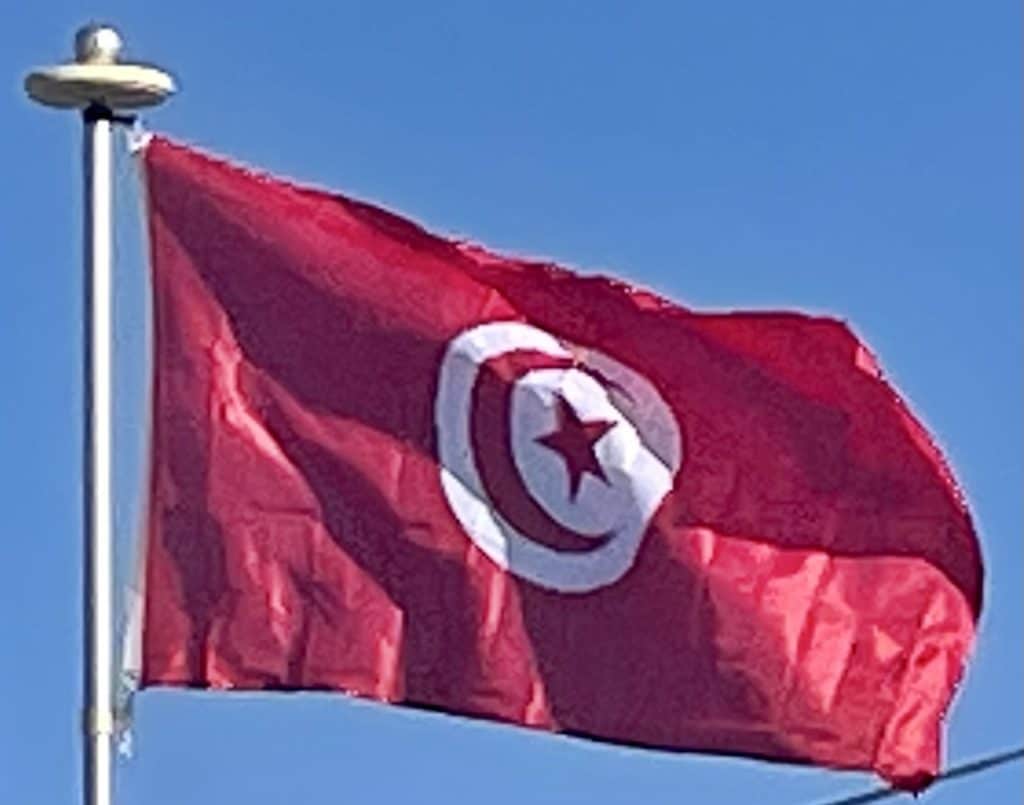Introduction:
Tunisia, officially the Republic of Tunisia, is the northernmost country in Africa. It is a part of the Maghreb region of North Africa, and is bordered by Algeria to the west and southwest, Libya to the southeast, and the Mediterranean Sea to the north and east; covering 163,610 km2 (63,170 sq mi), with a population of 11 million. It contains the eastern end of the Atlas Mountains and the northern reaches of the Sahara desert, with much of its remaining territory arable land. Its 1,300 km (810 mi) of coastline include the African conjunction of the western and eastern parts of the Mediterranean Basin. Tunisia is home to Africa’s northernmost point, Cape Angela; and its capital and largest city is Tunis, located on its northeastern coast, which lends the country its name.

From early antiquity, Tunisia was inhabited by the indigenous Berbers. Phoenicians began to arrive in the 12th century BC, establishing several settlements, of which Carthage emerged as the most powerful by the 7th century BC. A major mercantile empire and a military rival of the Roman Republic, Carthage was defeated by the Romans in 146 BC, who occupied Tunisia for most of the next 800 years, introducing Christianity and leaving architectural legacies like the amphitheatre of El Jem. After several attempts starting in 647, Muslims conquered all of Tunisia by 697, bringing Islam and Arab culture to the local inhabitants. The Ottoman Empire established control in 1574 and held sway for over 300 years, until the French conquered Tunisia in 1881. Tunisia gained independence under the leadership of Habib Bourguiba, who declared the Tunisian Republic in 1957. Today, Tunisia is the smallest nation in North Africa, and its culture and identity are rooted in this centuries-long intersection of different cultures and ethnicities.
In 2011, the Tunisian Revolution, triggered by the lack of freedom and democracy under the 24-year rule of president Zine El Abidine Ben Ali, overthrew his regime and catalyzed the broader Arab Spring across the region. Free multiparty parliamentary elections were held shortly after; the country again voted for parliament on 26 October 2014, and for president on 23 November 2014. Tunisia remains a unitary semi-presidential representative democratic republic; and is the only North African country classified as “Free” by Freedom House, and considered the only fully democratic state in the Arab World in the Economist Intelligence Unit‘s Democracy Index. It is one of the few countries in Africa ranking high in the Human Development Index, with one of the highest per capita incomes in the continent.

Tunisia is well integrated into the international community. It is a member of the United Nations, La Francophonie, the Arab League, the OIC, the African Union, the Non-Aligned Movement, the International Criminal Court, and the Group of 77, among others. It maintains close economic and political relations with some European countries, particularly with France, and Italy, which geographically lie very close to it. Tunisia also has an association agreement with the European Union, and has also attained the status of major non-NATO ally of the United States.
